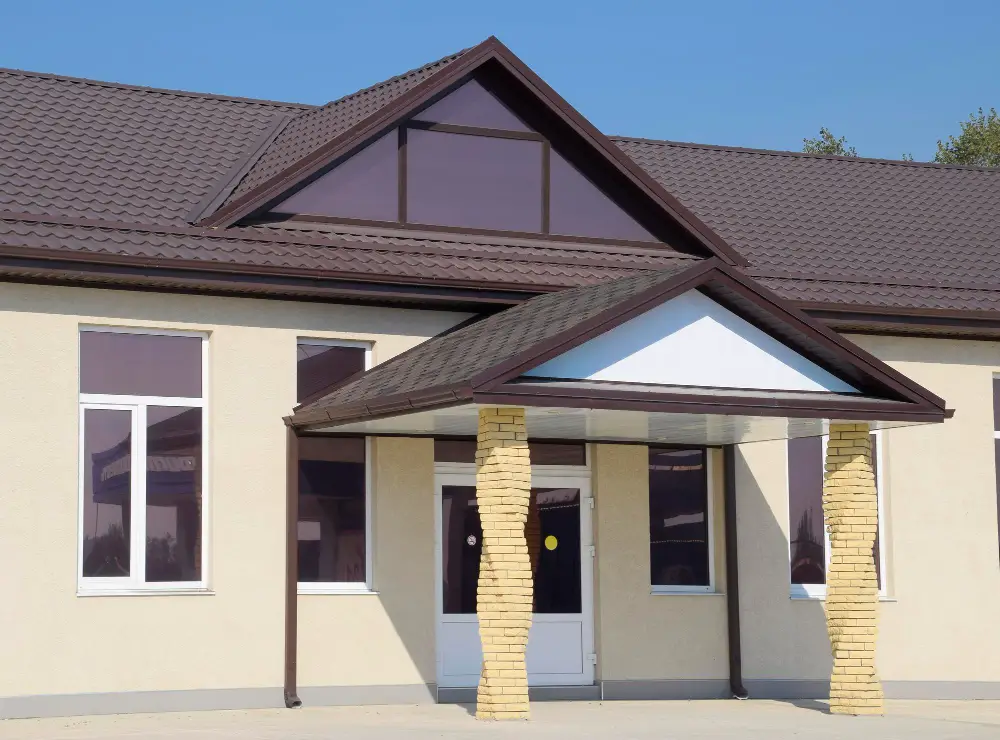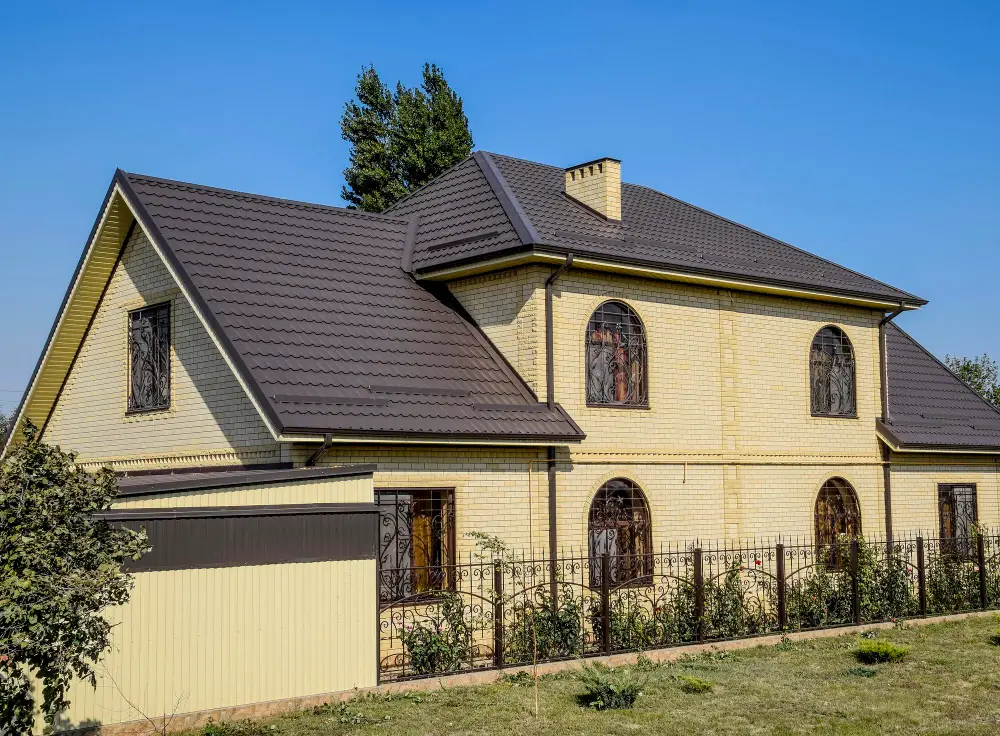Your home’s roof is one of its most crucial components, acting as the first line of defense against the elements. It protects you from harsh weather, contributes significantly to energy efficiency, and plays a pivotal role in the aesthetic appeal of your property.
Neglecting roof maintenance can lead to premature wear and costly repairs down the line. In this guide, we’ll explore the essential steps homeowners should take to ensure their roof remains in excellent condition, extending the lifespan of their investment and maintaining their home’s integrity.
From routine inspections to dealing with repairs, understanding the fundamentals of roof upkeep is key to maximizing home longevity.
Regular Roof Inspections

Routine roof inspections are a cornerstone of preventive maintenance. By scheduling professional evaluations at least once a year or after any significant weather event, homeowners can identify potential issues before they escalate. This proactive approach allows for timely interventions, preventing minor damage from turning into major, costly problems.
It’s not just about professional assessments; homeowners can perform visual checks themselves. Looking out for missing or loose shingles, signs of water damage, or an accumulation of debris in gutters can be done safely from the ground or with proper safety precautions if accessing the roof directly.
When it comes to essential roof maintenance, an ounce of prevention is worth a pound of cure. It’s also essential to keep an eye out for any changes in your roof’s appearance, such as discoloration or sagging, which could indicate underlying structural issues.
Cleaning Gutters and Downspouts
Gutters and downspouts are integral to roof health, steering water away from the structure to avoid damage. Clogged gutters can cause water to pool, leading to roof rot and interior water damage. Therefore, it’s essential to clean them twice a year and after major storms to ensure proper water flow.
Homeowners should also inspect for signs of gutter wear, such as rust, cracks, or sagging. Replacing or repairing any faulty gutter sections promptly will maintain the effectiveness of the water drainage system and protect the roof and home’s foundation from water-related issues.
Managing Moss and Algae Growth

In regions with high humidity or frequent rainfall, moss and algae can become a common concern on roof surfaces. If left unchecked, they can lead to the deterioration of roofing materials. Regular removal of these growths is key to preserving the integrity of the roof.
To manage moss and algae, first and foremost, one should focus on preventing their growth by ensuring that the roof has good sun exposure and that branches overhanging the roof are trimmed back. For removing existing growths, it is best to consult a professional to avoid damaging the roof’s surface.
Prompt Repairs to Prevent Worsening Damage
When damage is detected, timing is critical. Small issues like a cracked shingle or a minor leak should be addressed immediately to avoid further damage. Quick repairs can also prevent secondary issues, such as mold growth or structural instability.
Regular monitoring and timely interventions prevent the need for extensive repairs or full roof replacement. Homeowners should use reputable contractors who provide warranties on their work to ensure that repairs hold up over time and give the peace of mind that comes with a secure, well-maintained roof.
Ventilation and Insulation Improvement
Proper attic ventilation and insulation play a crucial role in maintaining roof longevity. Poor ventilation can cause heat and moisture to accumulate, leading to wood rot, mold, and a reduction in the roof’s lifespan. Consistently monitoring and upgrading attic insulation and ventilation systems is necessary to mitigate these risks.
Always ensure that vents are clear of obstructions, and consider adding additional ventilation options if needed. The insulation should also be checked regularly and kept dry. Upgrades could potentially improve energy efficiency, reduce ice dam formation in colder climates, and help maintain consistent temperatures throughout the home.
Understanding and Respecting Weight Limits
Every roof is designed to support a certain amount of weight, including the materials it is made of, snowfall, and human traffic when needed for maintenance or repair. It’s fundamental for homeowners to understand their roof’s weight capacity to prevent overburdening the structure.
During heavy snowfall seasons, homeowners may need to remove excess snow to prevent overload. Additionally, care should be taken when installing additional equipment on the roof, such as solar panels or HVAC units, to ensure these additions do not exceed the roof’s designed load capacity. When in doubt, consulting with a structural engineer or roofing professional is advisable.
The Takeaway
Regular roof maintenance is crucial to maximizing home longevity. With the right preventive measures and timely interventions, homeowners can ensure their roof remains in top condition, safeguarding their investment and maintaining their home’s safety and integrity for years to come.
Remember to stay vigilant with inspections, cleaning gutters and downspouts, managing moss and algae growth, addressing repairs promptly, maintaining proper ventilation and insulation, and understanding weight limits. By following these essential steps, you can prolong the life of your roof and enjoy peace of mind knowing that your home is well-maintained.
Related Stories
- How to Spot Roofing Problems Before It’s Too Late
- Practical Tips to Follow If You Want to Take Proper Care of Your Roof
- Maximizing Roof Lifespan: Top Maintenance Tips
- Spotting Roof Issues: Tips for Home Maintenance
- Roof Resilience: The Key to Home Protection and Peace of Mind
Recap
